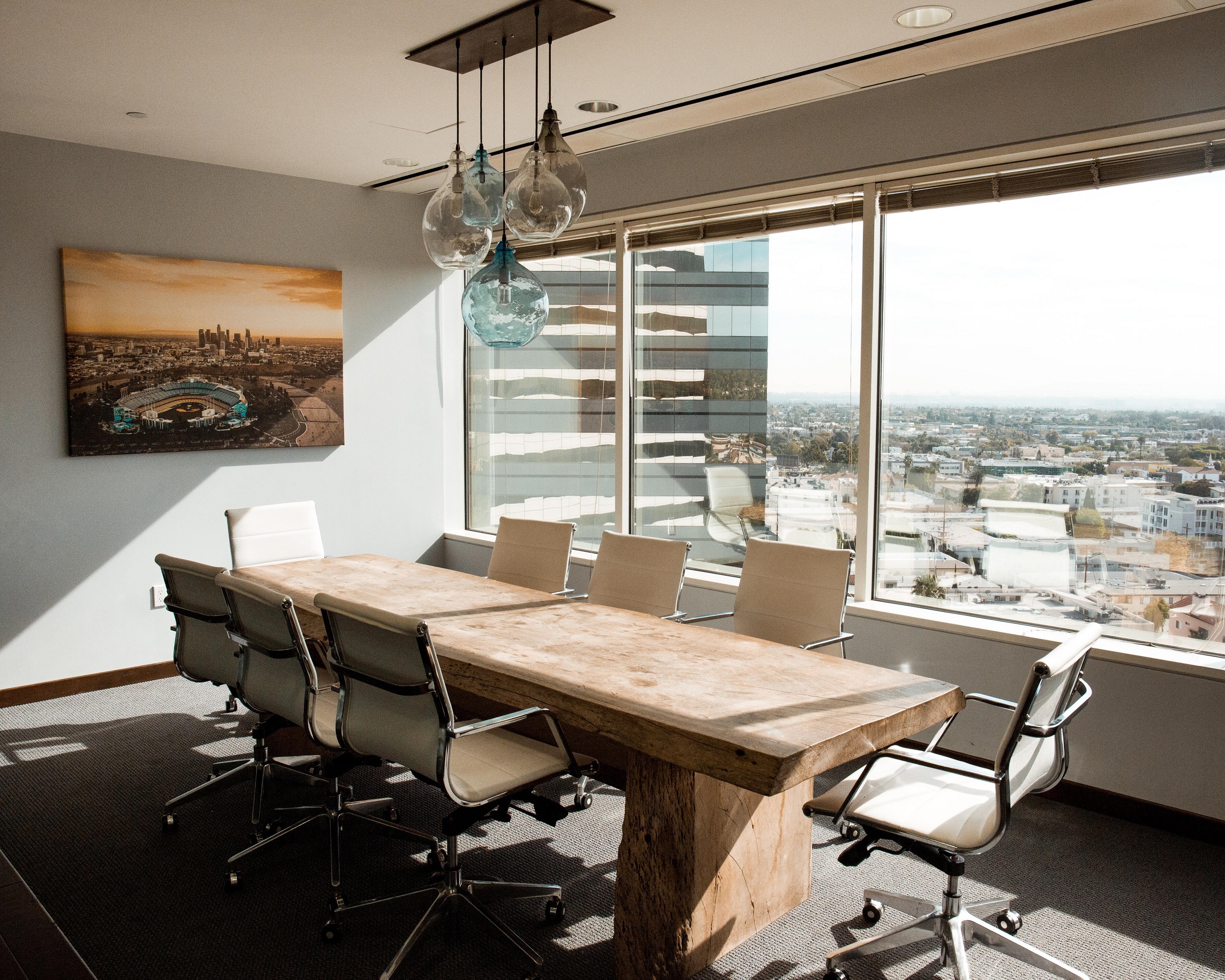Blog Series: Workplace Strategy and Facility Management
Part 1: Workplace Strategy For Facility Managers
Part 2: Workplace Design for Strong Culture
Part 3: Workplace Strategy: The 3-30-300 Rule
Part 4: Workplace Technology: Putting Strategy into Practice
3-30-300
Tapping into the C-suite level of conversation requires Facility Managers to approach their role in a different way. The 3-30-300 rule of thumb can be the key that Facility Managers are looking for.
The rule of thumb provides a breakdown of what an organization pays per square foot, in terms of total occupancy costs. $3 for utilities, $30 for rent and $300 for their employee costs (salaries, benefits, etc.). These number aren’t set in stone but they put into perspective how an organization’s occupancy cost is typically distributed.
It can serve as a valuable tool for FMs looking for a different approach or viewpoint. The 3-30-300 rule is also useful in the decision making process as a Facility Manager. Learn more about the 3-30-300 rule and the impact, from JLL.
Many facility managers typically focus on the 3 and 30 portion, utilies and rent, as the area they can make the largest impact. However, when engaging in conversations with executives it’s important to highlight how Facility Managers can and do affect the 300.
Focus on Big Impact
Taking this approach focuses on big impact – those that drive large improvements with regards to how employees work. This approach can change the way that Facility Managers are viewed, and can help create buy-in for a project.
For example, creating a smart office using Internet of Things and sensor technology with a focus on improving utilities cost can result in major energy savings. Yet, a recent McKinsey report found that people-related gains from IoT are 5 times higher than energy savings and makes a much more significant impact on the organization. Productivity gains from IoT technology accounted for 75% of the benefit, while energy savings accounted for only 14%. Changes that affect human capital have a greater impact that those than improve only physical capital.
In Practice
Energy
Energy-efficiency issues are a hot topic for Facility Managers. Many are looking at ways to upgrade lighting or introduce better features within an office. One example of energy efficiency upgrades (the 3) are daylight sensors. However, implementing daylight sensors presents more than just energy savings alone. Implementing such sensors result in blinds being open to allow in natural daylight. This is better than relying on artificial lighting. The resulting increased natural light has been shown to have positive effects on the health of employees, increasing mood and workplace satisfaction. The results translate into happier and more productive employees within the workplace.
Including these types of considerations in your business case can strengthen your position in front of executives. More importantly, it can also be the extra piece of evidence that moves a project forward.
Wellness
The focus on people is one of the reasons that the WELL Building Standard has been rolled out across the US and rest of the world with early success. While the costs are significant, organizations that implement it understand the human impacts that it has. Examples of these benefits include reduced absenteeism and even strengthening employee culture, a crucial factor in workplace design.
TD Bank recently completed a WELL Building Standard Interiors certification at their Toronto HQ (first in the world) and undertook the project for their employees. Barbara Ciesla, VP of People+Place at JLL, a consultant on the project notes:
“When looking at reducing energy and rents costs, we have to focus on people,” she said. “If we can put people in better buildings and improve productivity by 5 or even 10 per cent, 10 per cent of 300 is your total cost of rent.”
Benefits to the 300 can easily offset and outweigh costs to the 3 and 30. It is extremely important not to lose sight of employee benefits in the pursuit of cost reduction in utilities and rent.
Considerations in Projects
Consider motivations around implementing changes. Are you switching to a more flexible office arrangement for greater collaboration and improved employee morale? Or doing so to reduce your rent cost? Avoid making changes solely to reduce rent, the impacts on employee happiness or even productivity can outweigh the benefits of reduced rent cost.
In cases when new projects focus only on the 3 or 30 aspects, take a second look. Are these savings achieved at the expense of employee well-being or productivity? If this is the case it is important to push back. Know your limits based on the type of organization you work with, but a healthy amount of pushback is good. On an issue that affects the people inside a space, your commitment to the organization and their broader goals for success also become apparent.
Taking the 3-30-300 approach allows facility managers to take a holistic view of the space they manage. Approaching the Facility Management role using the 3-30-300 lens proves useful in determining what will be important to the C-suite. Once Facility Mangers can begin to highlight how they impact the 300 aspect on a daily basis, the step to a strategy conversation with executives becomes inevitable.





